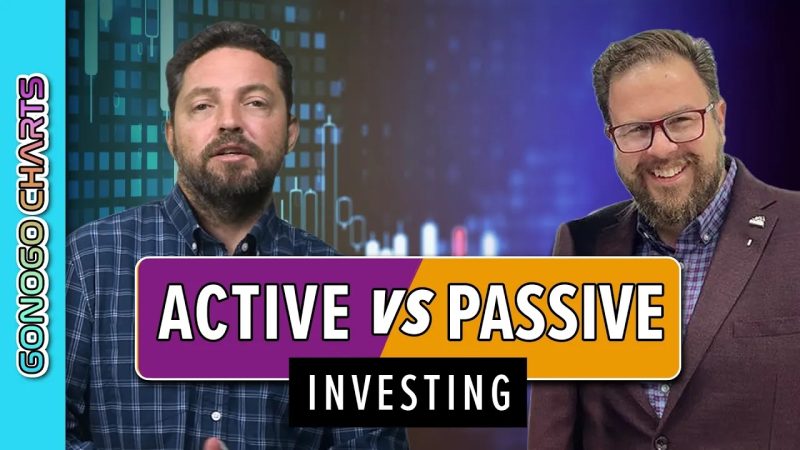
GNG TV Presents: Active vs Passive Investing – Which Strategy Triumphs?
Active vs Passive Investing: A Closer Look Through the Lens of GNG TV
GNG TV, as a premier channel for financial education and investment strategies, has had various discussions on the topic of active and passive investing. The following piece delves into what has been learned and understood about these concepts on the platform.
Active investing, as expounded on GNG TV, is essentially a more hands-on method of managing an investment portfolio. This approach involves short-term buying and selling informed by market research, analysis and individual judgement. An active investor follows the market trends frequently and adjusts their portfolio, aiming to ‘beat’ the market by capitalizing on short term fluctuations. They take calculated risks based on their knowledge, insights, and market predictions in pursuit of higher returns.
On GNG TV, financial experts have pointed out that active investors, or their paid intermediaries, require a certain level of expertise to ensure the effectiveness of their activities. A key advantage of active investing appears to be the potential for exceptional returns. If an active investor or fund manager can accurately predict market movements, they may be capable of securing returns higher than the general market. However, this method is also accompanied by higher costs and more risk. Transaction fees, taxes due to short-term trading, and higher management fees, particularly for managed funds, can erode overall returns. Besides, the risk of human error and unpredictability of market trends add to the potential downsides.
Contrastingly, passive investing, another focus on GNG TV, involves long-term buy-and-hold strategies. Passive investors typically invest in index funds or ETFs that aim to replicate a specific index, like the S&P 500. Rather than trying to outperform the market, the goal is to mimic the performance of the overall market index.
GNG TV’s discussions of passive investing highlight simplicity, lower costs, and reduced risk arising from market volatility as the main advantages of this method. Passive investing minimizes transaction costs due to less frequent buying and selling. It also eliminates the necessity for continuous, intensive market analysis and prediction which can be resource-consuming. However, passive investing is unlikely to yield exceptional returns. The returns follow market performance, which can limit the potential for profits in bullish markets.
Over the years, GNG TV has shown that a balanced blend of both strategies could potentially be beneficial for certain investors. While high-risk tolerant investors looking for exceptional returns might lean towards active investing, those seeking stable returns accompanied by lower risk might lean towards passive investing. Ultimately, the choice between active and passive investing depends on an individual’s financial goal, risk tolerance, time commitment, and investment knowledge.
When viewed through the lens of GNG TV, both active and passive investing come with their unique sets of merits and pitfalls. Each strategy resonates differently with various types of investors based on their unique circumstances and investment objectives. GNG TV has been instrumental in presenting a balanced perspective on both these strategies, thereby providing a well-rounded financial education to its viewers.
